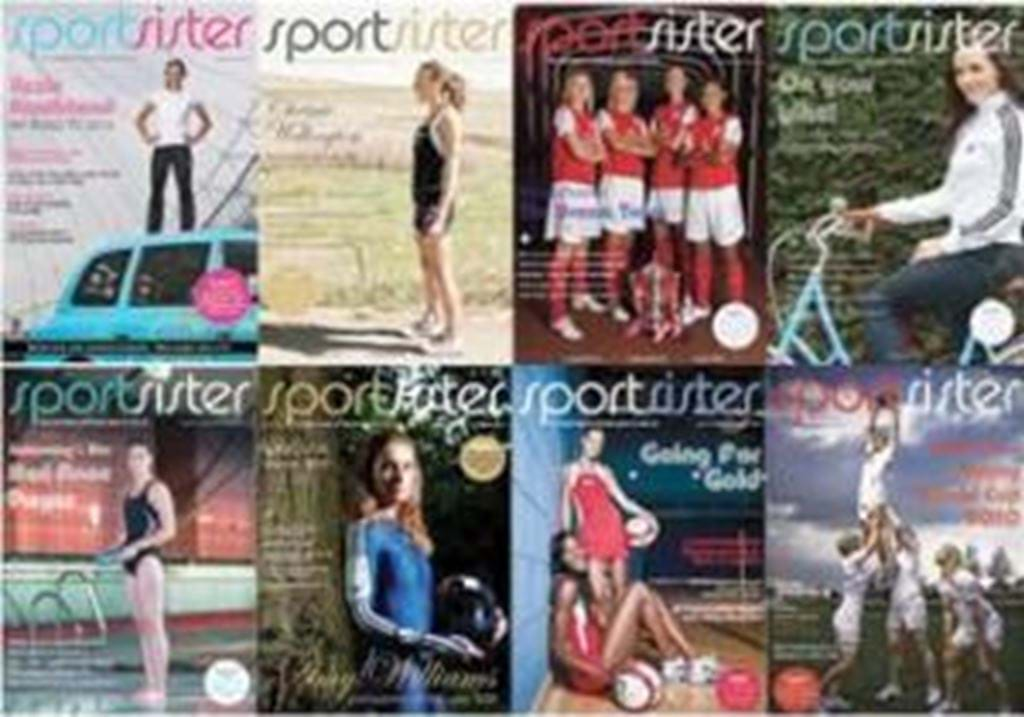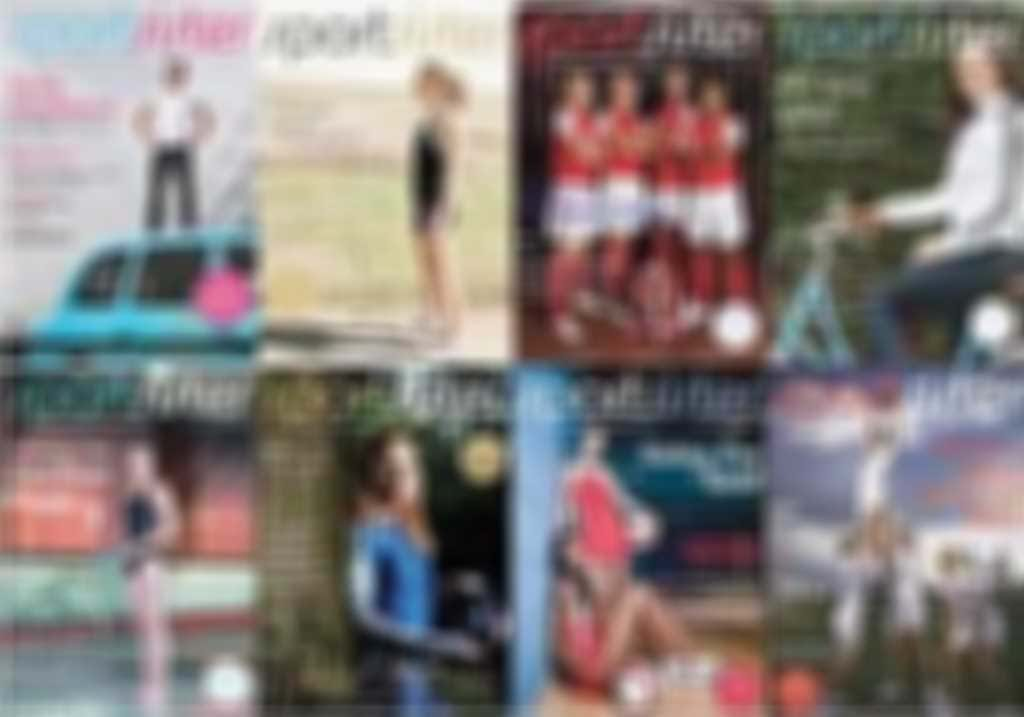Train for a 10km personal best
20 December 2012

So, you’ve completed your first 10k and now you’re bitten by the bug and want to improve? Here’s an example of an 8-week programme to improve your 10k time, as featured in Sportsister magazine.
Of course, joining a running group can help you get the motivation and safety you need whether you are beginning your running journey, have got a taste for running and would like to improve or if you’re returning to running after a long layoff.
Download the training plan here: Train for a 10km personal best.
MOBILITY
There are a huge amount of mobility exercises you could do and an athletics coach or group leader will be able to advise you on extra ones, but below are a few key exercises. Mobility exercises are a safe way to loosen up the joints following your warm up jog (not before!) and gently stretch the key muscle groups prior to the main session.
These exercises will also help to improve the range of motion in your joints, which can in turn help to increase your stride length. Research has shown that dynamic exercises are more effective in a warm up than static stretches which are best done after the main session when the muscles are at their warmest and most elastic.
High knees: as it says on the tin. Jog for around twenty metres with exaggerated knee lift.
Bum kicks/heel flicks: again, jog for around twenty metres, but this time exaggerate your heel lift, flicking your heels up to kick your buttocks.
High skips: skip along and try to skip upwards off your toes, with a high knee lift and exaggerated arm movement, again over a distance of around twenty metres.
Arm swings: stretch your arms out sideways and circle them, starting with small circles and building up to larger circles, then change direction and repeat.
Trunk rotations: stand with feet slightly wider than shoulder width apart and hands on hips, and bend and rotate the trunk by circling the hips.
STRETCHES
Below are some of the most important stretches for runners to do after each session.
Back of lower leg (calf) gastrocnemius: Stand facing a wall with one leg in front of the other, pointing feet straight at the wall. Keep the heel of the back foot flat, with the trunk and back leg straight, and lean forwards to feel the stretch at the back of the lower leg
Back of lower leg (calf ) soleus: As above but with legs slightly closer together, weight on the rear leg, both heels flat on the ground, and bend both knees while leaning forwards to feel the stretch in the lowest part of the calf.
Front of thigh – quadriceps: Stand tall with tummy in and hold a sturdy object for support and, with the knees level and support leg slightly bent, grab hold of the ankle of the non-support leg and slowly lift towards buttocks to feel the stretch in the front of the thigh.
Back of thigh – hamstrings: Stand with one leg in front of the other. Go into a slight ‘sitting down’ position by bending the knee of the back (support) leg with bottom out and a straight back. Feel the stretch in the back of the thigh of the straight leg.
Outside of thigh and hip – iliotibial band and abductors: Stand with back straight and hands on hips and cross one foot behind the other. Push the hip of your back leg away from the centre of the body to feel a stretch on the outer side of the rear thigh and hip.
Inside thigh – adductors: Stand with feet slightly wider than shoulder width apart and, keeping back straight and feet facing forwards, lean to one side, bending that side’s knee, to feel a stretch on the inside of the thigh of the straight leg.
Side of trunk: Stand with feet slightly wider than shoulder width apart and, keeping back straight, bend to the side and take one arm over the head to feel the stretch down the side of the trunk.
Run England cannot accept responsibility for illness or injury caused as a result of advice given. Everyone is different and our qualified and insured group leaders have the knowledge and skills to help guide and advise you so that you can get the most from your running according to your individual needs (and demonstrate the various exercises, stretches and runs). This programme is best carried out with the help and support of a Run England group and group leader.
More news from RunTogether





